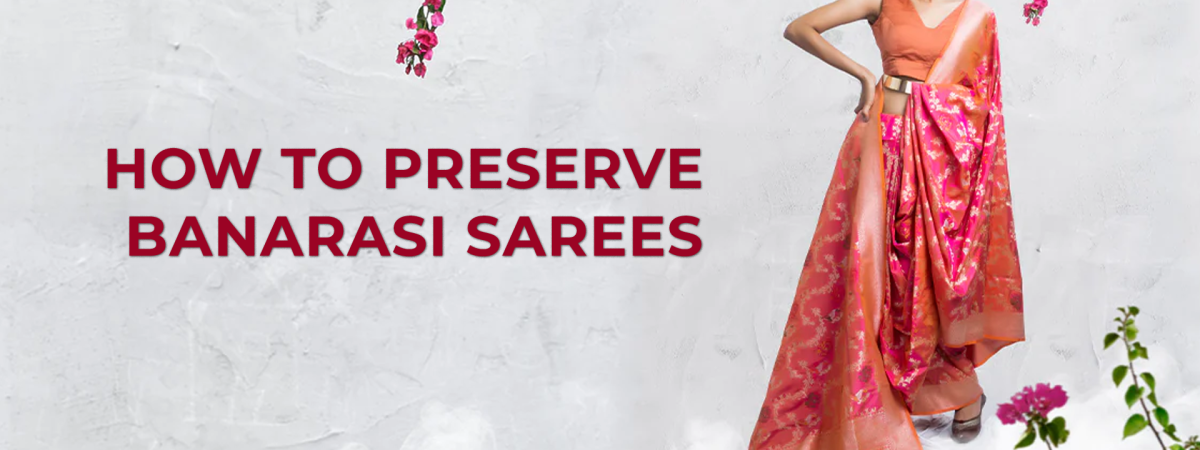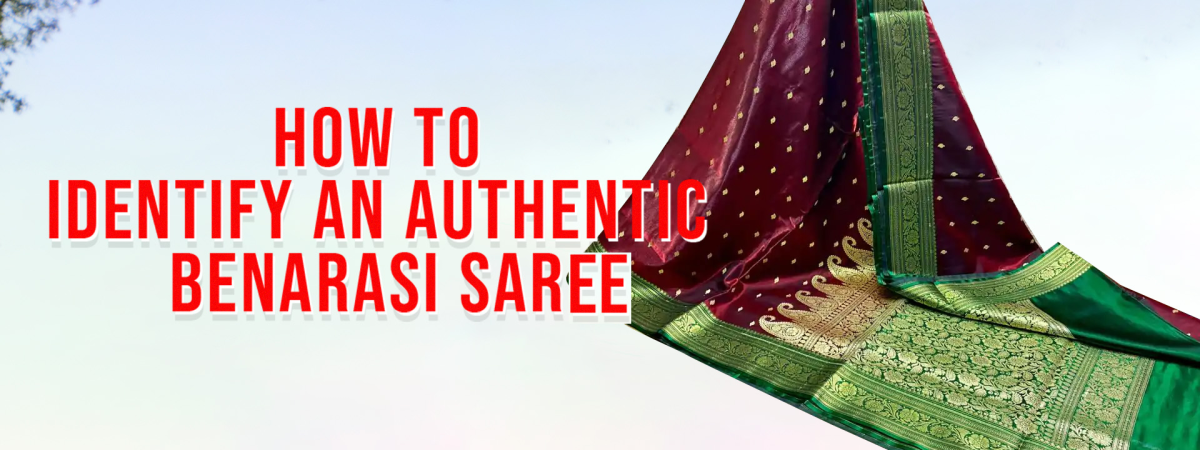
The popularity of Jamdani sarees in fashion has not decreased but rather increased over time. Through generations, the traditional Jamdani saree of Bengalis has gained worldwide recognition. From various festive occasions to everyday wear, many people now prefer wearing Jamdani. It's not just limited to sarees – Jamdani designs can be found in salwar-kameez, kurtis, and even children's clothing. However, amidst the variety available in the market, distinguishing between genuine and imitation Jamdani has become challenging. Evaluating the design and color to determine the authenticity of a saree can be quite difficult. The market now features various types of Jamdani, such as Soft Jamdani, Dhakai Jamdani, and Bengali Jamdani, each with its own price range. People sometimes end up paying more for imitations thinking they are buying authentic ones.
Jamdani sarees feature intricate patterns like jal, jabaful, korola, tercha, dubla, balihar, panja hazar, pansi, botpata, kotihar, etc. If a saree has small floral or vine-like designs resembling tercha, it's called "tercha Jamdani." If small flowers or vine patterns are scattered across the fabric, it's known as "jalar" (net-like) design.
Here are some tips for identifying authentic Jamdani sarees
Handwoven Technique: Authentic Jamdani sarees are handwoven, resulting in delicate and intricate designs. Skilled weavers use a simple setup to meticulously weave the threads, and no loose ends are visible on the saree's surface.
Consistency of Design: The design on the front and back of a Jamdani saree should be identical. Genuine Jamdani uses silk and cotton threads in the weaving process, and the quality of these threads reflects in the final product. The fineness of the threads affects the detailing of the design, making it more refined.
Texture and Weight: The use of silk and cotton threads gives authentic Jamdani sarees a unique texture and lightweight feel. The count of threads used indicates the quality of the saree. The more delicate the threads, the more time-consuming the weaving process, and consequently, the higher the price.
Absence of Extra Weft Threads: True Jamdani sarees do not have extra weft threads on the borders. The entire border area should be the same as the rest of the saree. Machine-made imitations often have extra weft threads.
Price and Time: Handwoven Jamdani sarees are labor-intensive, taking anywhere from 1 week to 6 months to complete a single saree, depending on design complexity. Authentic Jamdani sarees are priced accordingly, usually ranging from 3,000 to 120,000 Bangladeshi Taka. Machine-made imitations are cheaper.
In conclusion, before purchasing a Jamdani saree, it's important to recognize the distinction between authentic and imitation ones. Familiarize yourself with the intricate details of authentic Jamdani weaving, texture, and design. By understanding the techniques involved and evaluating the saree's quality, you can ensure you're investing in a genuine piece of this rich cultural heritage.








